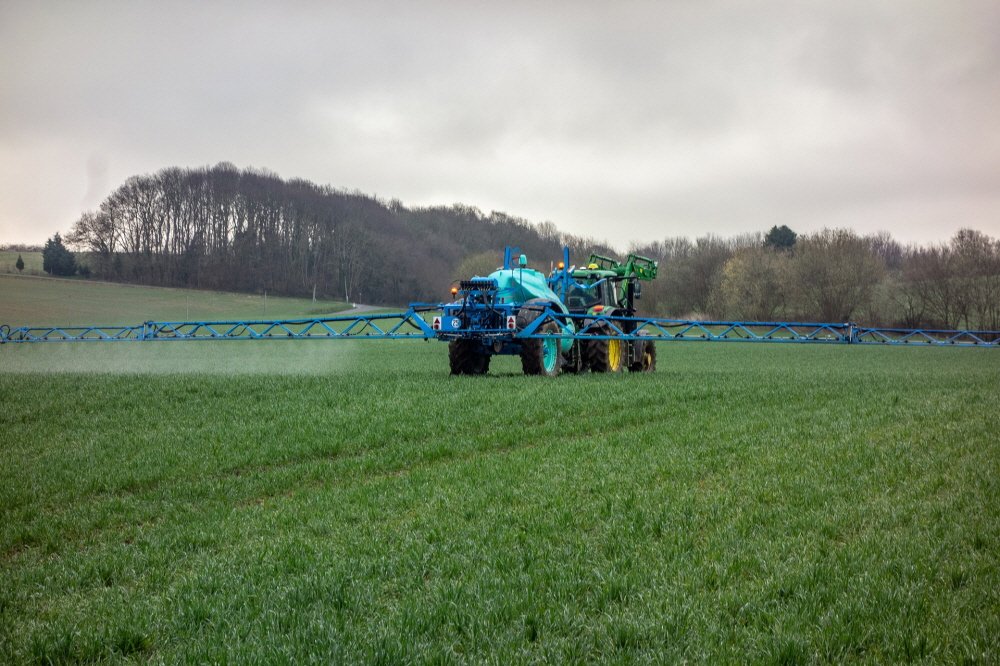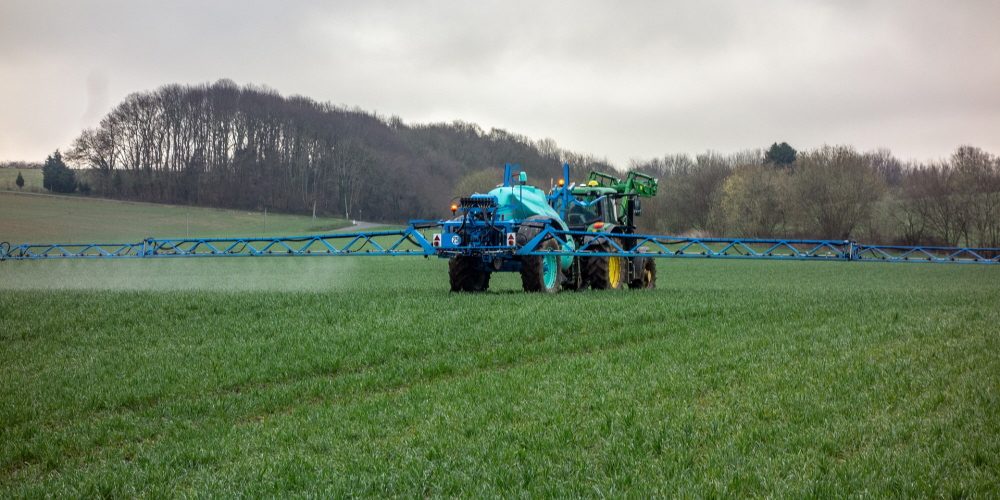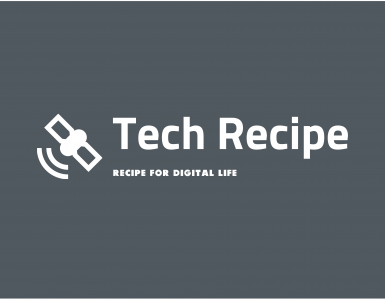
It is said that more than 95% of various types of fertilizers and pesticides, such as aerial spraying currently used, are wasted without being included in the crops. In addition to wasting pesticides such as remaining in the soil or flowing into the groundwater, it can adversely affect the soil and the surrounding environment, making continuous agriculture difficult. However, research results show that a new technology using nanotechnology will make it possible to include almost 100% of pesticides or nutrients in crops, drawing attention.
It is the Civil and Environmental Engineering Research Team at Carnegie Mellon University in the United States that developed the technology to incorporate high-efficiency pesticides into plants. The research team first conducted an experiment in which gold particles with a diameter of 50 nm or less coated with PVP (Polyvinylpyrrolidone), a polymer that is easily soluble in water, were coated on the surface of the mill. The reason why gold is used is because it is a stable substance and is not metabolized by plants, so it is easy to trace.
As a result of spraying gold particles on the wheat, it was said that gold penetrated from the surface of the leaf and spread throughout the plant through the vascular bundle, which is a plant vessel. Looking at the movement of the nanoparticles sprayed on the leaf, the sprayed nanoparticles first attach to the leaf surface. Next, the nanoparticles exit the epidermis and the outer layer of beeswax, which serves to protect the plant from the outside. Nanoparticles pass through the epidermis where plants retain moisture and exchange gases and reach the inside of the leaves. Then, it flows into the plant vascular bundle through the stem and enters the entire plant tissue. Some go to the roots through the phloem, a nutrient channel in the vascular bundle. This allows plants to continuously receive nanoparticles of nutrients and pesticides from their roots.
With this method, almost 100% of the nanoparticles attached to the plant surface are contained in the plant. Therefore, you can expect a variety of application methods. Zinc oxide nanoparticles can be released into the soil through plants, improving crops and soil nutrition at once. In addition, even if pathogens enter the plant, it is impossible to remove them in principle, but it is expected that antibiotics can be delivered to nanoparticles to treat bacterial diseases.
Nanoparticles can be processed to have various properties depending on the material and coating method used for surface coating. Even if it rains, it does not flow and remains on the leaf, so it can continue to react to nanoparticles and light to give an effect.
The research team emphasized that it will change the paradigm of agricultural technology to the technology of transporting materials by nanoparticles. If this technology is put to practical use, it is expected to dramatically increase the efficiency of agricultural production. Related information can be found here .


















Add comment